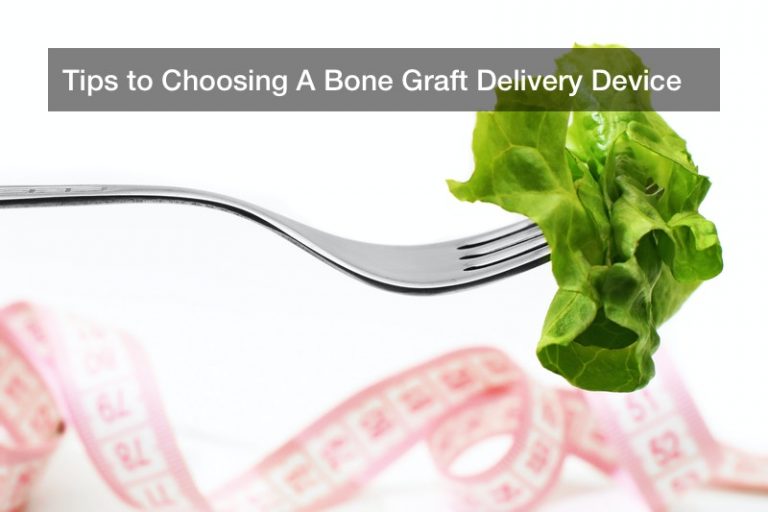
The average bone fracture will take between two to 10 weeks to fully heal. But in the case of multiple or severe fractures the bone may have trouble with healing completely. This is one of the top reasons patients undergo bone graft surgery. There are several options when it comes to choosing what’s right for your body. Here are a few simple pointers to keep in mind when making a decision with your doctor.
What You Need to Know When Preparing to Receive a Bone Graft.
A bone graft is simply a transplant of bone tissue. It is performed in cases such as the example of multiple fractures listed above, but can also be administered due to bone regeneration following an illness or injury; as a means of fusing a break in a damaged joint; and for healing joints after medical intervention such as in implanting joint replacements.
Why Patients Should Use Assistive Devices Before and After Surgery.
A bone graft is a serious surgery, and as such undergoing the procedure requires a significant amount of recovery time. Complications include inflammation; swelling; pain; nerve injury; or even possible rejection of the graft in the host’s body. Because of the recovery time following surgery, it is a good idea to become comfortable using appropriate assistive devices beforehand. The doctor involved with the surgery is the best point of contact for your questions.
Differences Between Autograft and Allograft.
Not all bone grafts are alike. In fact, there are really only two: autograft or allograft. The difference is simple. An autograft uses a bit of bone tissue from the patient’s own body. An allograft uses bone tissue from a donor. Allograft doesn’t allows have the same strength as one’s own bone tissue. Therefore it is generally recommended that patients pursue an autograft for areas that require load-bearing activities such as the tibia.
While autograft has some excellent qualities, there is a reason doctors offer two options. Allograft does allow a new framework to start within the old bone tissue to give new growth something to grow both onto and within. This is acts as a great catalyst for creating improved bone health in a once broken area.
The Promising Future of ViBone.
One promising new option for allograft is from the company Aziyo Biologics by the name of ViBone. Aziyo’s ViBone is touted as being minimally invasive, which is preferable over some of the traditional bone graft delivery methods. This can cut down on the post-surgical complications many patients experience. ViBone is able to perform so well in part due to its use of special cortical fibers, which are essential to an allograft procedure.
Our bones can fracture or weaken over time. Thankfully, the medical community is forever finding new ways to help our bodies stay strong throughout the years. When it comes to looking into a bone graft, talk to your doctor about the best option for your specific concern.
